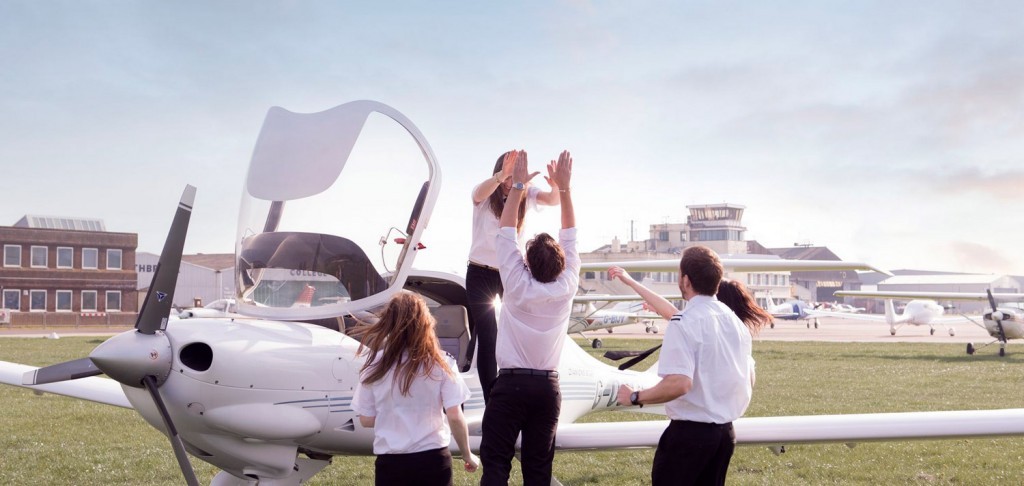 FTA has released details of its employment statistics.
FTA has released details of its employment statistics.
In a release, the trainer explained that currently nearly 85% (and climbing) of cadets that successfully completed a professional course in 2014 have gained employment as pilots.
‘Our students are in control of their own destiny and they usually place themselves, regardless of their financial situation or means. We are about to announce a key development in the area of finance for pilot training; we want to make training more and more accessible so we are keen to ensure that training is available to students that are talented but may not necessarily have the means’, says Jonathan Candelon, MD at FTA.
FTA is keen to stress that students are not obliged to inform them when they secure a job and that currently, there are several 2014 students going through airline interview stages. By the end of 2015, the 85% employment statistics are expected to rise further, according to FTA. The statistics include every student, no matter where they come from and FTA states that they have not been filtered or adjusted by classing a ‘successful’ student as a student that has passed every lesson first time. FTA has no pre selection tests in addition.
“We sometimes get asked for employment statistics by prospective cadets and parents of prospective cadets,” said Jonathan Candelon, MD at FTA. “Statistics can be difficult to extract and communicate in a comparable manner as there can be so many variables. For example, lots of pilots go abroad after course completion and we don’t always hear back from them, when they take on busy airline roles. But almost 85% employment is an impressive result if you bear in mind our pilots gained the employment themselves; they were not placed through a scheme, they placed themselves through their own talent and the quality of instruction at FTA.
“Several recently qualified pilots are currently going through interview processes with airlines. If they too are successful (and they usually are) our employment statistics will increase further. It’s not been possible to establish what approximately 10% of our former cadets are now doing but for the purpose of our statistics, we’re erring on the side of caution and assume that they’re still looking for their first pilot job,” he added.
FTA also carried out research to determine how many different air carriers employ former students – with surprising results; over 30 different airlines employ former FTA students. The airlines that employ FTA trained pilots are based across the world, reflecting the diversity of employment and opportunity for former students. In addition, airline employers value students that have trained in busy UK air space (especially as FTA is close to Gatwick) and in challenging, changeable UK weather conditions. FTA is currently one of the only UK flight training academies to teach all of its integrated flight training entirely in the UK. By also delivering specialist aviation English Language courses, as a Mayflower College approved centre, FTA students from overseas are also well trained and familiar with the international language of aviation, vital for successful crew co-ordination.
“When it comes to employment statistics when you are assessing a flight school, it’s important to ask and establish exactly how the statistics were calculated, what criteria was used, whether any data was excluded and so on. Statistics should be transparent and honest; that’s the way we like to work at FTA,” added Jonathan.
